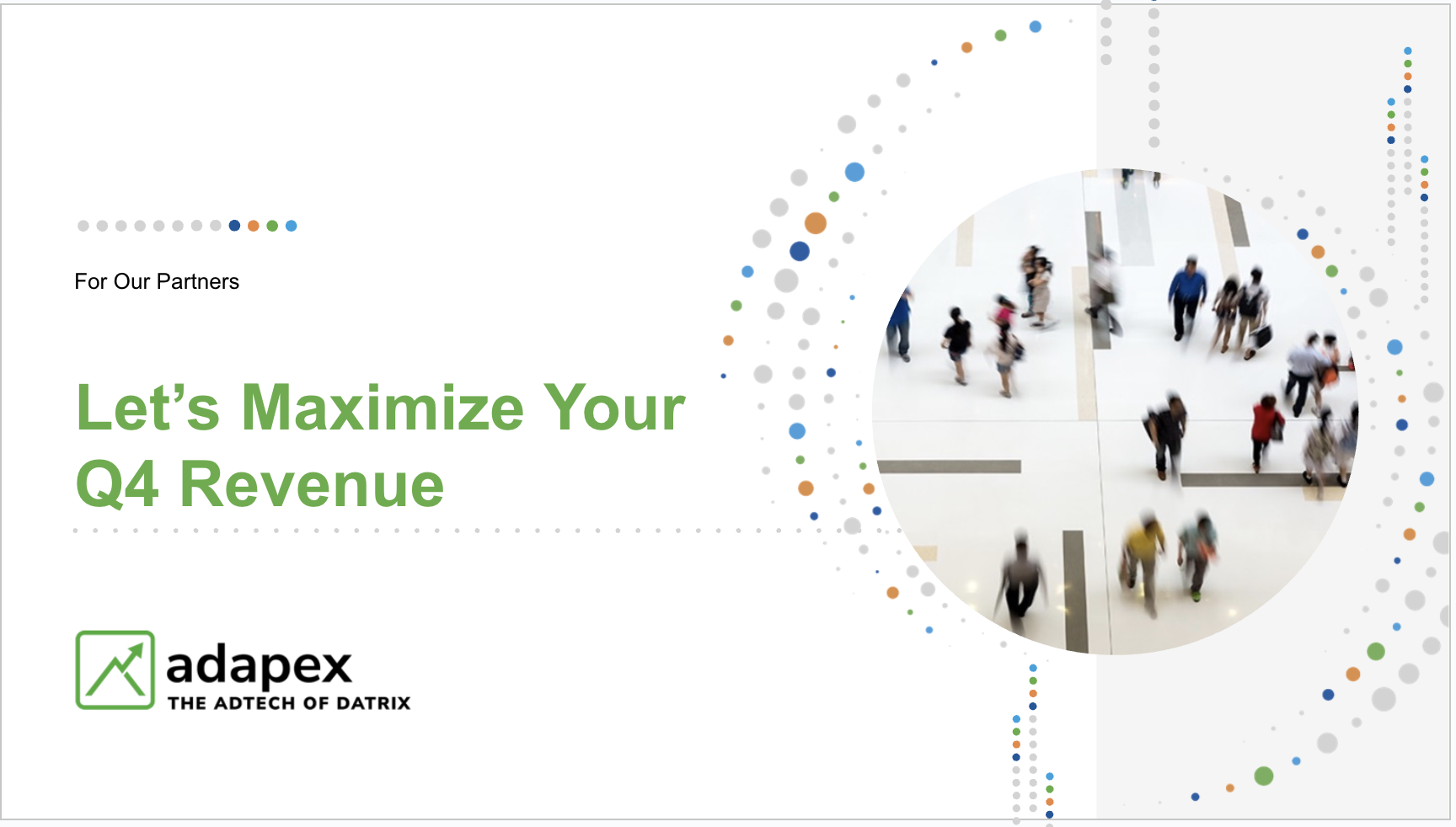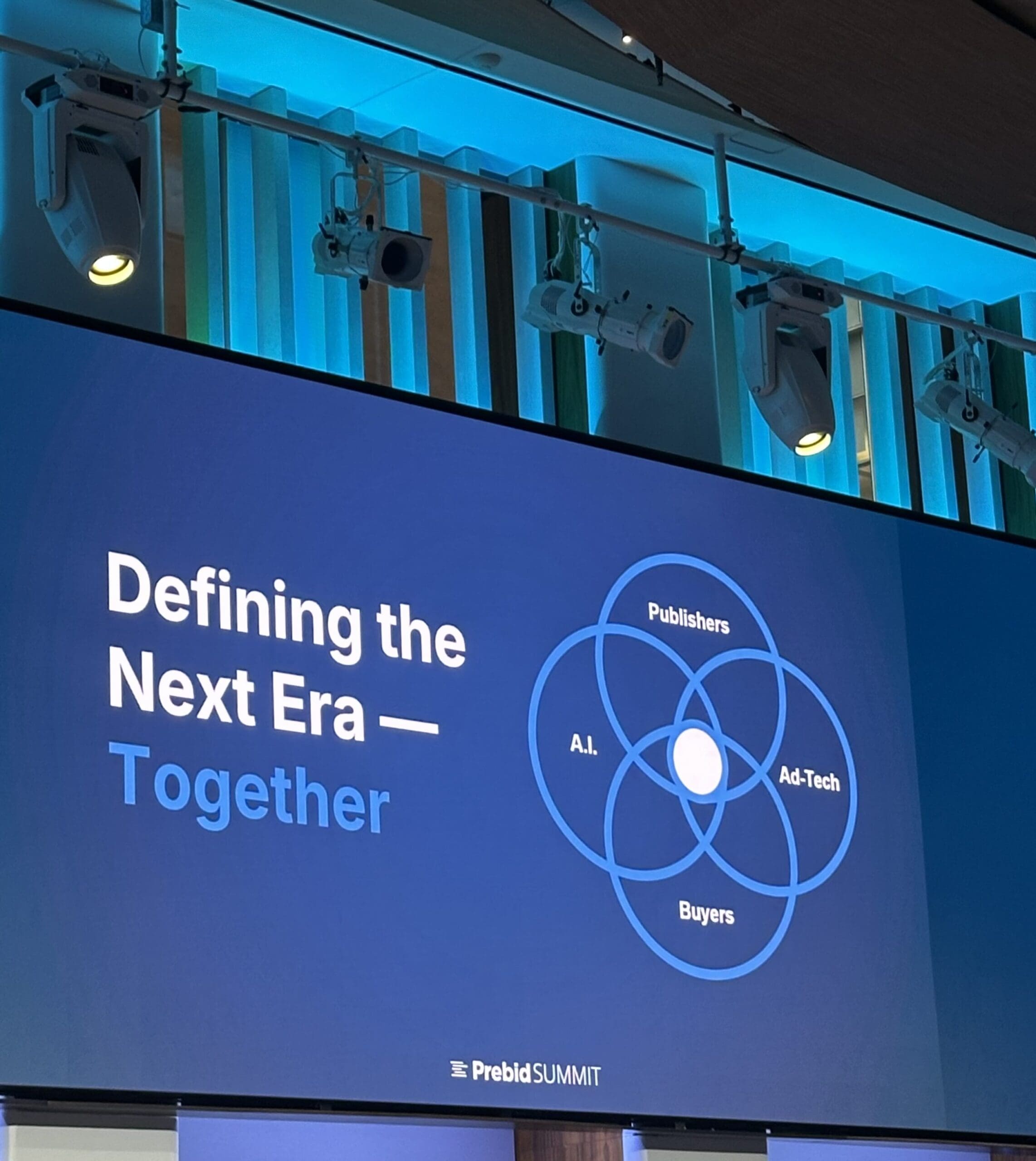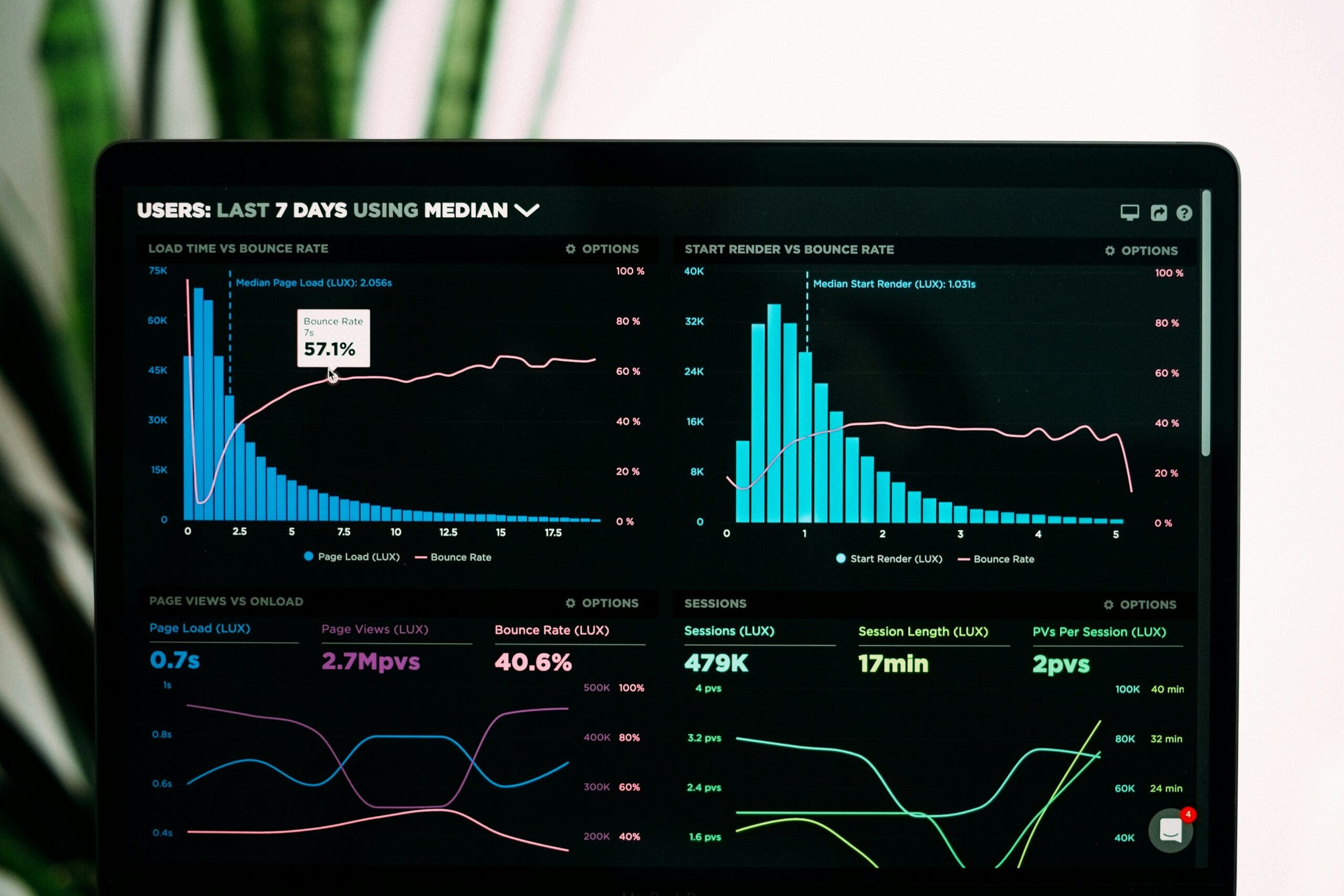Behavioral tracking has been a staple in the digital advertising industry for around 30 years. Since the early 1990s, in-browser tracking has developed as a tool for targeted advertising messaging. Other viable solutions have been relegated into the shadows with the high profitability of this digital monetization practice.
Unfortunately, the attitudes of consumers and publishers have diverged drastically since then when it comes to this programmatic advertising practice. High-profile data leaks and shuttling of personal data to outside actors have decimated consumer confidence in the private and public institutions that collect consumer data. This leaves the $330 billion industry in unprecedented territory as regulators and companies worldwide take action to restrict the process of behavioral targeting via third-party cookies.
Apple, Mozilla, Oracle, and many other Big Tech companies have taken action to restrict the use of individual user tracking on their products and platforms. But no other company has had a more significant impact on the industry than Google. Google announced its plan to deprecate cookies from the Chrome browser. Although the plan was later pushed to 2023, digital advertisers are still scrambling to figure out new ways to maximize digital monetization.
Google’s Privacy Sandbox hopes that its latest privacy-protecting programmatic advertising methods, like Federated Learning of Cohorts (FLoCs), will smooth the transition. Still, other industry players have major concerns with this technology. The privacy protection afforded by FLoCs is being called into question as inadequate, and many outside browsers have expressed that they will not use it in their systems.
Thankfully, another advertising method has developed alongside behavioral targeting over the last few decades, although to less popularity and acclaim. Instead of tailing users across web pages and platforms via third-party cookies, contextual advertising allows companies to leverage keywords and semantic science to maintain publishing monetization.
Behavioral Advertising vs. Contextual Advertising
While both behavioral and contextual advertising provides actionable insights about what consumers are looking for, only the latter can accomplish it in a way that upholds consumer privacy.
Behavioral Advertising
Also known as cookie tracking or audience targeting, behavioral targeting is a programmatic advertising practice that provides consumers with relevant ads by tracking their browsing habits. Cookies or other identifiers, like pixels, are installed in a web browser to collect all sorts of personal data. A data management platform (DMP) stores this information, where it can be sorted, analyzed, and used to create cohorts for advertisers to target.
This tracking of past user behavior leads to profitable insights about what consumers are looking to buy. Unfortunately, it also collects other superfluous data that can be sold off to other parties for purposes well-outside the domain of initial interaction. Events like the Facebook-Cambridge Analytica scandal perfectly outline how these identifiers can be used for unethical purposes.
Contextual Advertising
On the other hand, contextual advertising is a much more benign form of effective programmatic marketing. Instead of producing ads based on previous user behavior, contextual targeting plays off the environment in which an ad is being shown. It’s a far less invasive process and has the added benefit of providing promotional messaging at the precise moment a user has shown interest in the relevant topic.
To produce this effect, software designers need to leverage keywords, semantic science, and ontology to create comprehensive context networks.
Keywords:
Just like they are used to provide accurate results on Google or Bing search engine results pages, related keywords connect in a contextual network via machine learning algorithms.
Semantic Science:
This area of linguistics studies the meaning of words when they are used in real-life situations, allowing for the identification of language patterns.
Ontology:
Originally a field of philosophy, in the information era, ontology refers to a high order relationship between the meaning of words, allowing for multiple concepts to be grouped based on commonalities.
When combined, these powerful tools allow programmatic advertisers to generate highly accurate insights regarding what consumers are looking for—simply by analyzing their page choice! Contextual advertising is currently used in the Google Ads Display Network to match advertisements to relevant sites based on-page content and keywords.
The Return of Contextual Advertising
Now that the first few nails are in the third-party cookie coffin, digital advertisers are starting to allocate more resources towards the oft-overlooked practice of contextual advertising. With nearly 50% of companies in the space stating that cookie depreciation is their biggest concern, it’s understandable that they would look for any potential replacements. Data shows that contextual targeting is becoming one such area of interest.
Some companies are even finding that contextual targeting can yield better results than third-party cookies, although this is likely compounded by the immense irritation consumers have with the latter. Regardless, the contextual advertising boon doesn’t seem to be going anywhere but up. Some major firms have even begun to offer or invest in contextual intelligence services. This practice, traditionally used to ensure advertising is performed safely and in congruence with branding, is now expanding into other domains of digital advertising.
IF you want to learn more about how contextual advertising is emerging as a strong option for maximizing digital monetization in a cookieless future, reach out to Adapex today! Our talented team of digital monetization experts have been helping advertisers navigate the industry for years to optimize profits and simplify operations. As 2023 approaches, the team at Adapex is well-prepared to implement our versatility in the face of rapid change.













